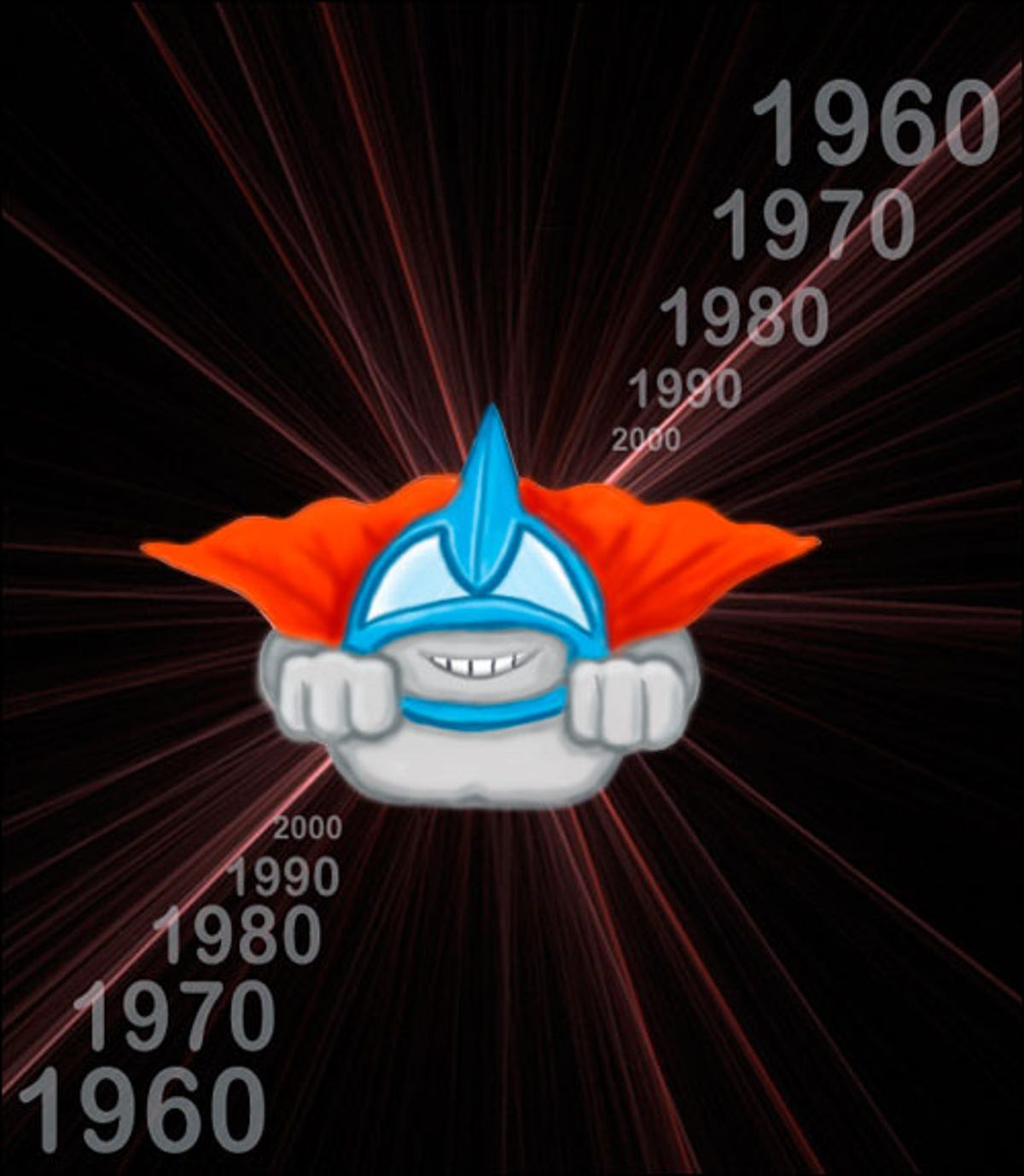
We hate format wars. Not because we’re afraid of good old-fashioned tech fisticuffs, but because they’re often completely unjust. So often, the format that wins isn’t technically better than the competition, just cheaper or better marketed. (And no, we’re not just sore because we were Betamax owners.)
It’s happened so many times over the years that we had to make a list of the technologies that got knocked out of the fight for survival, but really shouldn’t have. We’ve laid out the reasons their demise was unfair along with the causes over the next nine pages.
We’ve also allowed ourselves to dream. What if we could go back in time and change the way it happened? And as if by magic, our prayers were answered. The sky darkened and from the clouds appeared a shadowy figure resplendent in a tight Lycra outfit and cape. In a booming voice he said, “Don’t worry technology lovers, I’m Captain Tech, and it’s my job to put right what once went wrong. Technologically speaking, anyway.”
And with that Captain Tech vanished into some sort of quantum vortex, and journeyed back through time to assist ailing technology and save the gadgets that should have made it…
(Words by Ian Morris. Illustrations by Mia Underwood.)
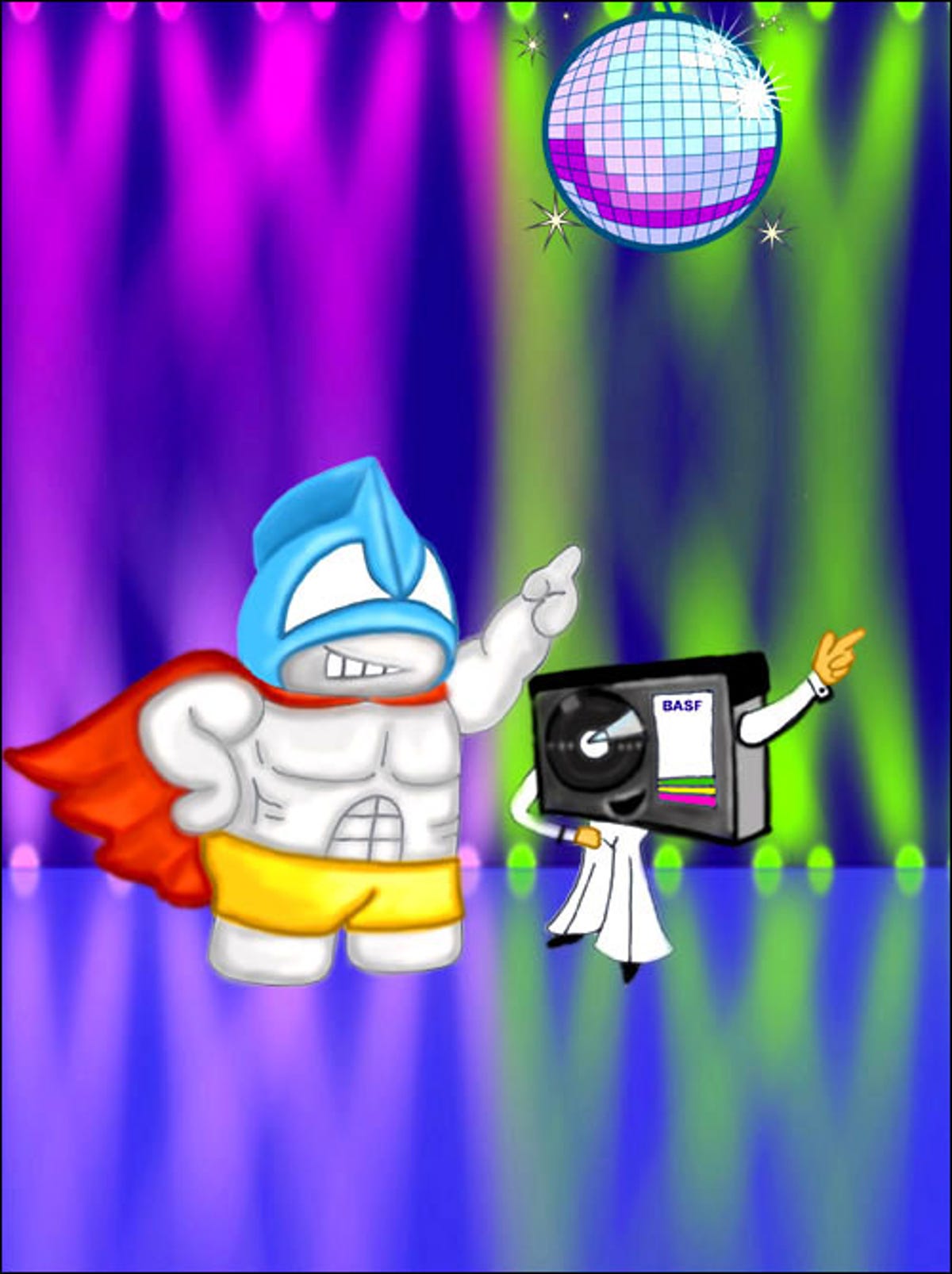

Betamax
What it wasA videotape format created by Sony that enabled people to record their favourite programmes and rent pre-recorded ones, which was launched shortly before VHS.
Why it lostBetamax never had the support of enough hardware companies to flourish, keeping the price of the hardware high and allowing VHS to undercut it. It was also harder to rent movies on Beta — video stores had walls of VHS, but a much smaller selection on Betamax.
The lack of pre-recorded material meant the decks were most useful for home recording, but initially Betamax could only record for 60 minutes. This was rectified eventually, but it was a serious limitation. Ludicrous tape-changing mechanisms were launched to swap tapes when one became full, but this was hardly an ideal solution — especially in light of Matsushita and RCA’s four-hour Long Play system.
Why it should have wonBetamax was better than VHS in a number of ways. The tapes were smaller and the recorders were able to reproduce colour better than their rivals. They were also not unthreaded from the heads during fast-forward and rewind, which meant the Betamax decks responded better, returning to play or fast-forward quicker than VHS (although it couldn’t spin the tape as fast).
Betamax also had a nifty trick that enabled ‘bookmarking’ at certain parts of the tape. Called APS, or Auto Programme Search, it was possible because the tape was always in contact with the play head. Essentially, the recorder put an electronic marker on the tape. When APS mode was engaged during fast-forward, the player would stop the tape at the start of each recording, negating the need to keep stopping the tape, pressing play to see where you were and then forwarding some more.
One of the last Betamax recorders released, the SL-HF2100, was one of the most sophisticated video recorders when it was released in 1991. It had features that put it far ahead of its time, including not having a single button anywhere on it. Everything was controlled with touch-sensitive displays and a funky LCD remote control with virtual buttons.
Our fantasy outcomeTo win the format war for Betamax, Captain Tech would need to disco back to the 70s, win the support of the adult-entertainment industry and persuade them to release movies on Betamax instead of VHS.
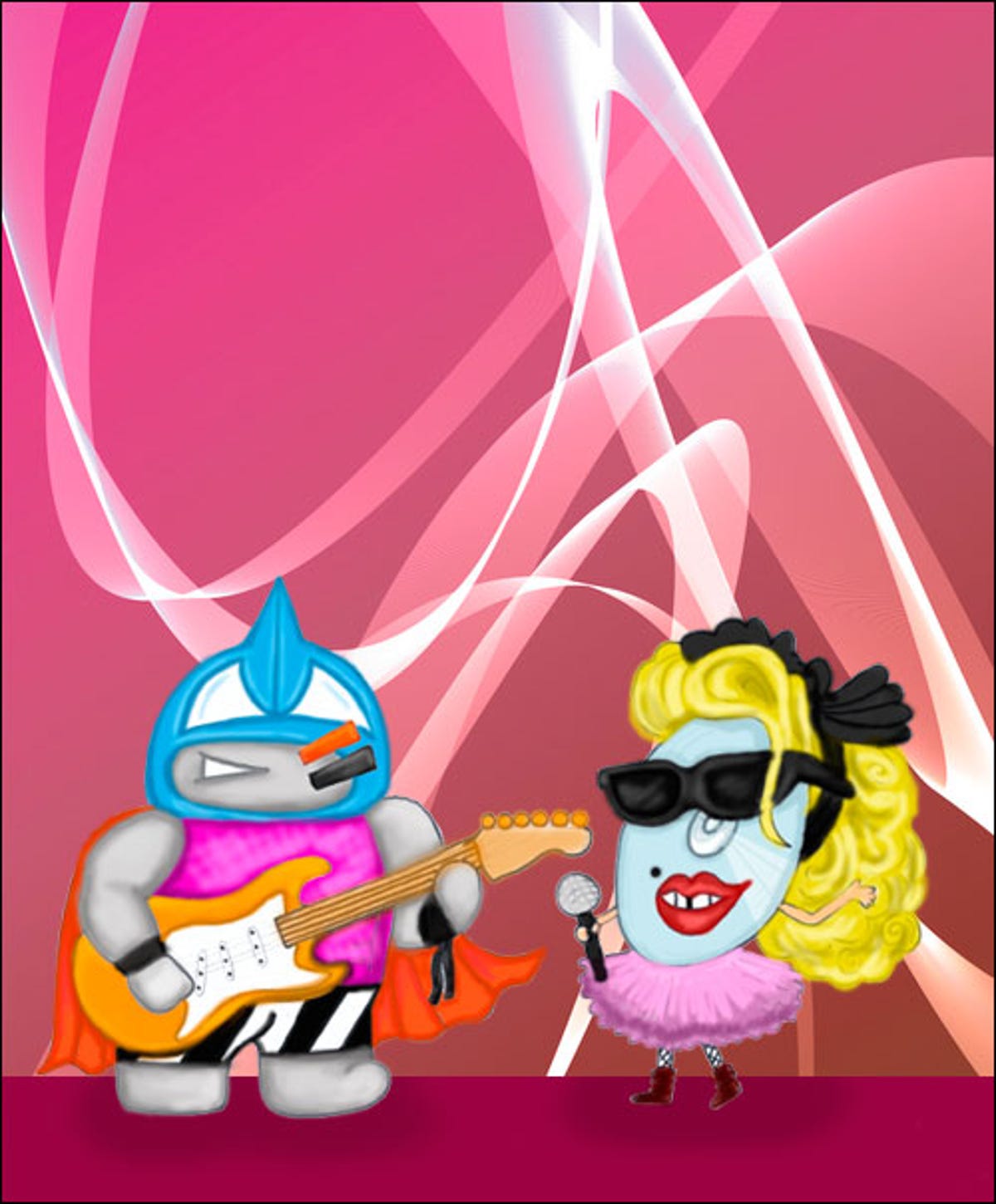

Laserdisc
What it wasLooking like a CD the size of a vinyl record, Laserdisc stored high-quality analogue video, with the potential for digital sound in the form of Dolby Digital or DTS.
Why it lostCost was the main factor here. While pre-recorded VHS tapes were as cheap as chips, Laserdiscs were $50 each. The hardware was also far more expensive and only available from a few companies. Having already beaten Betamax, VHS polished off Laserdisc.
Why it should have wonLaserdisc was light years ahead of its time, pre-dating even compact disc. It was initially called DiscoVision, a truly magnificent moniker. Pioneer launched its first player in 1978, but changed the name to Laser Videodisc and then later to just Laserdisc.
The picture quality was amazing for the time, offering 440 lines of picture information in PAL and 425 lines for NTSC. That made for a picture that was twice as good as VHS, and very nearly as good as DVD. Even better, because it was a disc, not a tape, accessing scenes was as easy as pressing a button on the remote. It’s disciness also meant that Laserdisc didn’t wear out over time, because there was no physical contact between the read head and the surface of the media.
Later on, there was the added bonus of digital surround sound, meaning that people could have a cinema-style experience in their own home, without the sticky floors and hooligan children throwing popcorn at them.
There are some people who feel that Star Wars got its best ever home-video release on Laserdisc, before Lucas started messing about with whether Han or Greedo shot first. Some sound enthusiasts claim that the DTS surround-sound track on Jurassic Park is better than the version on DVD.
Towards the end of Laserdisc’s life, Pioneer even started producing players that would play both 12-inch laserdiscs and the comparatively tiny DVD format.
Our fantasy outcomeIn a fit of 80s Material Girl pique, Captain Tech would banish pre-recorded VHS tapes and ensure that every home records on Betamax and watches movies from Laserdisc. Eventually, Laserdisc would be replaced by DVD, or even better, the market would skip DVD and move straight to a high-definition format.
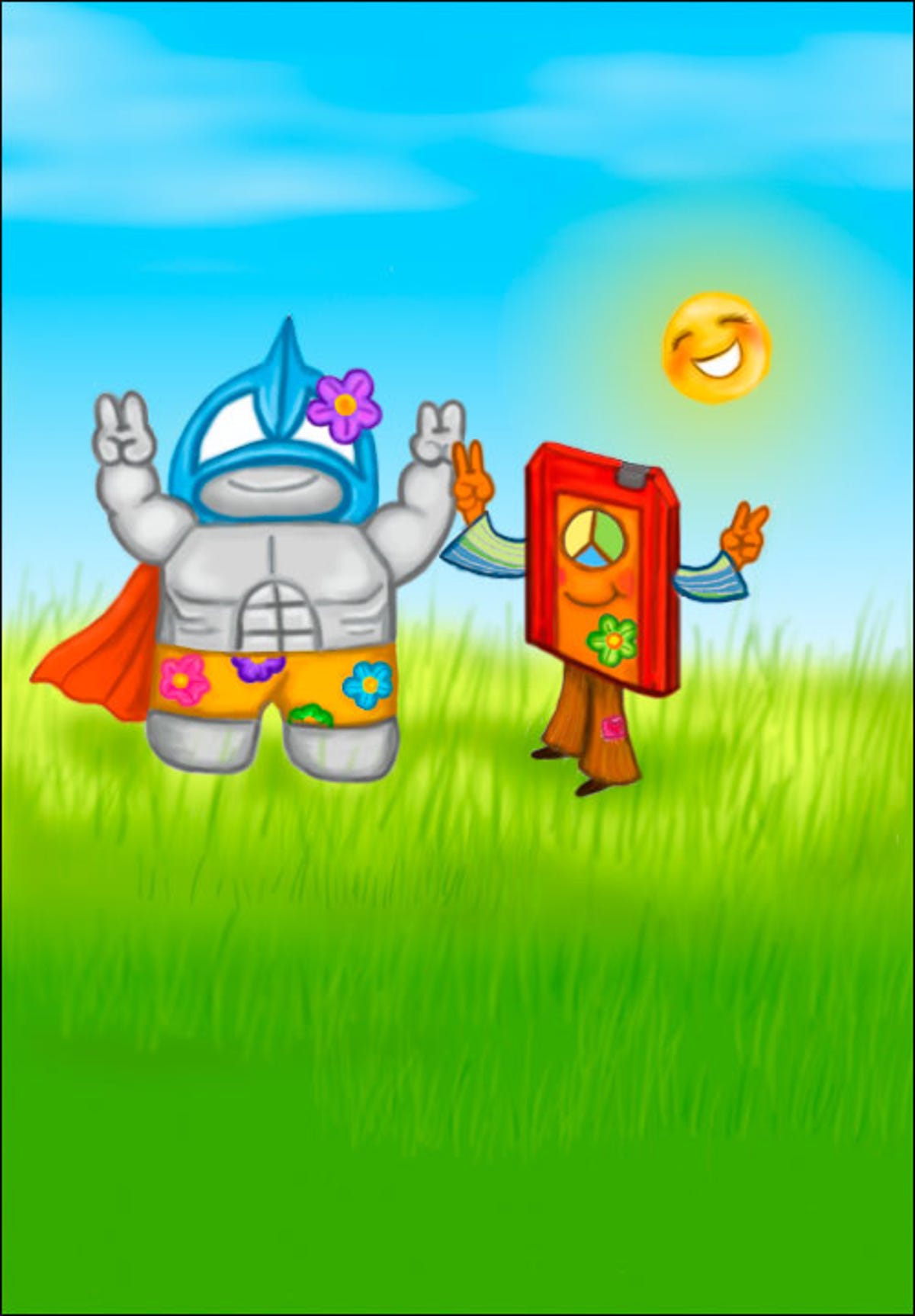

8-track
What it wasA simple tape format made up of a never- ending loop of tape and four ‘programmes’ which offered almost CD-like skipping between songs. Also known as Stereo 8, it was incredibly popular during the late 60s and early 70s.
Why it lostAlthough 8-track was incredibly popular in the US, especially in cars, it eventually lost out to compact cassette, which brought with it a few features that 8-track didn’t have, such as Dolby noise reduction and the ability to rewind the tapes.
Why it should have wonNothing screams ‘great idea’ more than a tape that doesn’t need to be rewound or turned over at the end of a side. Well, 8-track didn’t have sides — instead each tape had four stereo programmes. These programmes were selected by pressing a button on the front of the player. Alternatively, the next programme would be automatically played after the previous one had finished.
The humble 8-track also had the potential to save lives. With compact cassette you needed to mess about with rewind and fast-forward controls. This is fine if you’re making mix tapes in your bedroom, but when you’re driving around town you need to keep your eyes on the road. 8-track was so simple: you plugged in a cartridge and off it went.
Despite being remembered as a failure, it’s important to remember that when Ford started offering players in its cars they shifted 65,000 units in the first year, far more than anyone expected.
Cart also lived on well into the 90s as a system for playing jingles on radio. Although slightly modified, it was the same perpetual loop with a tone that allowed fast queuing to the start of the recording. Ironically, it was pretty much replaced by fellow format loser MiniDisk, which allowed for a similar speed of queuing while being easy to record on.
Our fantasy outcomeCaptain Tech loves 8-track, so to save it, all he would need to do is go back to the groovy 60s and introduce home recorders so people can make their own compilations. Oh, and having rewind and fast-forward on the decks would help sell a few more players.


High-definition audio
What it wasHigh-definition audio consists of a couple of next-generation audio formats — Super Audio CD and DVD-Audio — that are pretty similar to CD in the way they operate, but are actually based on DVD technology. Because they have more space than CDs they can produce a far higher quality sound.
Why it lostThis is a classic case of a format war ruining what was a brilliant idea. With CDs continuing to sell well and with a boom in the digital music market, companies had a tough time persuading people that high-resolution audio was necessary. Combine that with the confusion of two competing formats and HD audio never really stood a chance. The discs also cost a fair bit more than regular CDs, which didn’t exactly help the cause.
Why it should have wonQuite simply, these next-generation audio formats sound stunning. While CD is good quality, there are still some who argue vinyl is better. SACD and DVD-A address this by vastly increasing the audio quality and including the option for multi-channel surround sound. The copy protection is good too, which means less of that pesky piracy the music industry keeps banging on about.
The two high-definition audio formats are both essentially DVDs, with some slight tweaks. For example, SACD offers a cunning hybrid option, which means as well as a high-quality audio layer, there’s a CD layer, which means the discs will work in any standard CD player — although not all discs have this feature.
On the other hand, DVD-Audio is the audio format supported by the DVD Forum standards body, and the discs should be playable in any DVD player, which means a massive number of players already exist for the format.
Our fantasy outcomeCaptain Tech has his work cut out here. Not only would he need to put an end to the format war, he would also have to get the public interested in high-definition audio. To do this, he’d have to start a large marketing campaign decrying the CD as old fashioned at the turn of the millennium in London’s biggest white elephant, the Millennium Dome. As for finishing the format war, well, he’d have to pick his favourite format and brutally exterminate the other one.
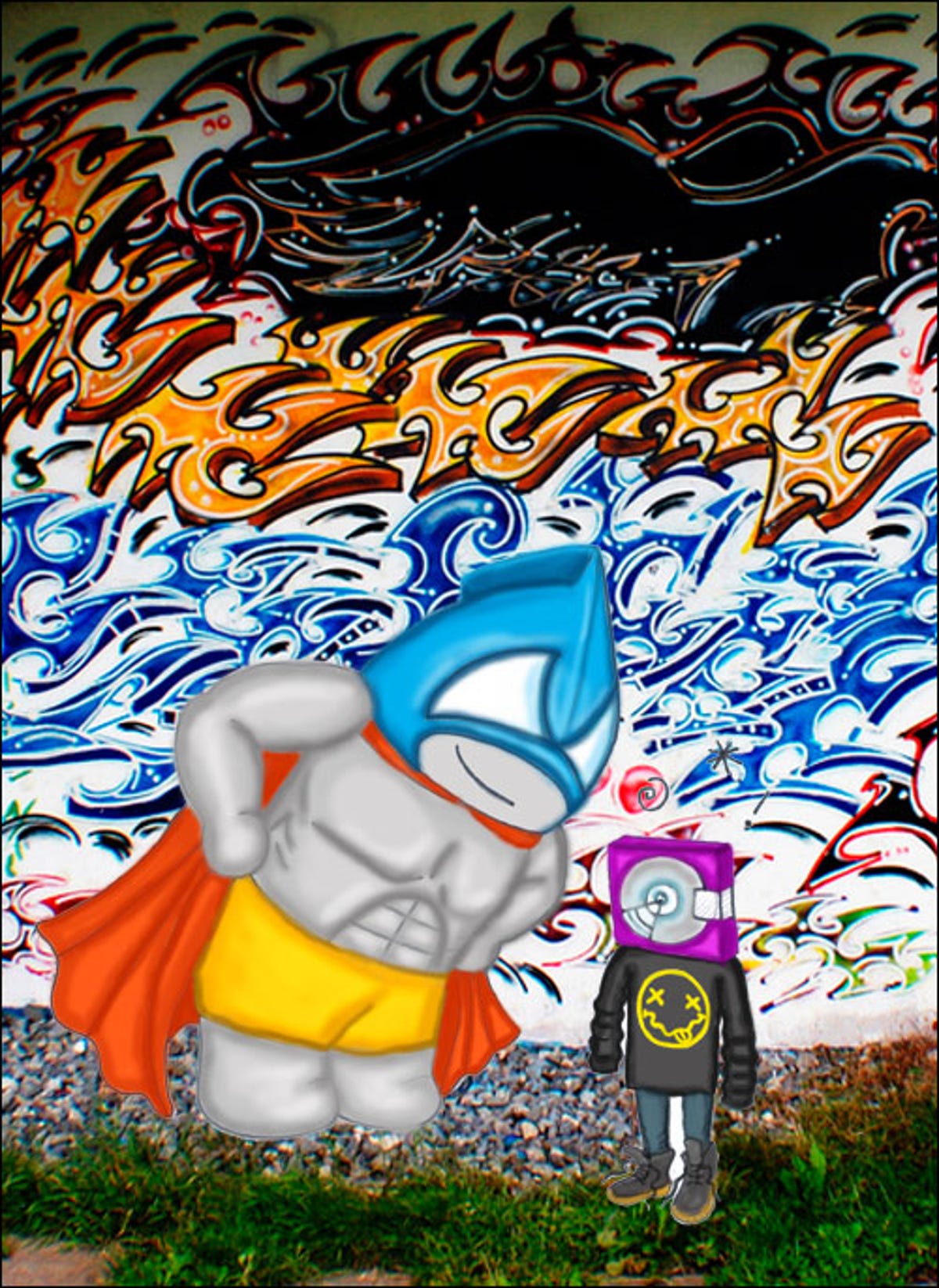

MiniDisc
What it wasA miniature, recordable CD contained in a protective plastic case that produced near CD-quality sound — another design classic from Sony.
Why it lostLike Betamax before it, MiniDisc is another proprietary Sony product, which meant that it didn’t have widespread industry support and only a few manufacturers ever made hardware. CD was also well established by the time MiniDisc arrived, so there was very little interest in pre-recorded MiniDisc music.
Why it should have wonMiniDisc was fantastically versatile. You could buy pre-recorded music on the format or simply use your hi-fi to copy a CD to a blank disc. MiniDisc’s hard outer case meant the surface of the disc was far less likely to become scratched and damaged over time.
One of the best things about the format is the size of the players and the media. Initially the hardware was quite bulky, but as time went on, portable player/recorders were developed that were just a little bit larger than a MiniDisc, which made them ideal portable music players.
The single factor that enabled MiniDiscs to be so small was the use of a lossy compression system developed by Sony called ATRAC. On MiniDisc it operated at 292Kbps, which is a considerable saving on the CD rate of 1,411.2Kbps, but music still sounded great. MiniDiscs also contained track information that allowed the player to display the artist name and song title on the built-in display.
Later on, further innovation came with the NetMD range, which allowed you to copy music on your computer to a MiniDisc at high speeds. MP3s would be transcoded in Sony’s ATRAC format before being copied over to the MD recorder, and it was possible to use long-play modes to squeeze even more music on to the diminutive discs.
Our fantasy outcomeCaptain Tech would need to obliterate CD players across the globe — and later the iPod — before MiniDisc could dominate Generation X’s music playing. He’d also need to make sure there was a decent catalogue of pre-recorded music on MiniDisc — including Nirvana, natch — for people to replace their CDs with.
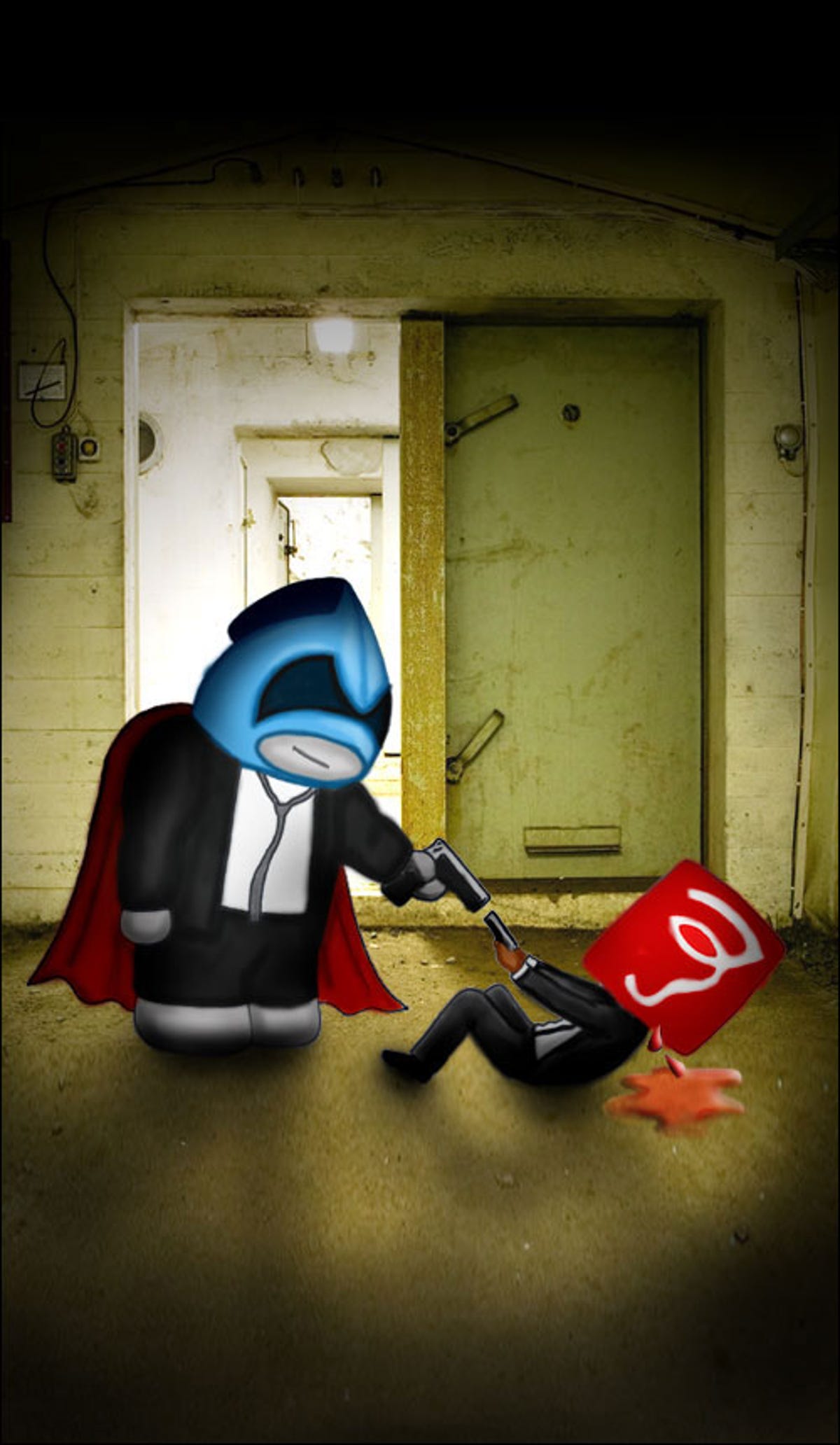

BeOS
What was it?A high-tech alternative to the boring worlds of Windows and Mac OS. BeOS offered users a multi-tasking, graphically rich environment where they could access the power of a Unix-style command-line interface while enjoying a beautiful user interface and manipulate multimedia in a way Mac and Windows users could only dream of.
Why did it lose?In the end, the power of Windows and Mac OS was too great. Despite quite substantial public and commercial interest, funding dried up. The CEO of BeOS even launched a lawsuit against Microsoft, claiming that it prevented BeOS from being bundled with computers from Dell.
Why should it have won?Crucially, BeOS was modified to be an alternative OS for the PowerPC-based Apple Mac. This was a coup, because it meant that people who bought Macintosh computers were no longer tied to Mac OS, which in those pre-OS X days was starting to look a little tired. As time went on, support for Intel-based computers was added, meaning those stuck on Windows could jump ship too.
BeOS had amazing capabilities, including a 64-bit file system that could handle files of up to 1TB in size — in those days the average hard disk was about around 10GB, so 1TB was pretty forward-thinking. Early BeOS demos showed the OS multi-tasking, running video and other applications without significant slow-downs. In 1995, BeOS was demoed at a computer expo playing eight MPEG clips at the same time, which would have required hardware decoders on any other OS.
BeOS was so fantastic that Gil Amelio, head of Apple Computer from 1994 to 1997, was keen to buy the operating system and use it as the next generation of Mac OS. Unfortunately, Be CEO Jean-Louis Gassée — himself a former Apple employee — is reputed to have wanted three times what Apple was offering, so Apple turned to a company called NeXT, set up by some nobody called Steve Jobs.
Our fantasy outcomeCaptain Tech would have to go all Reservoir Dogs on Gassée and get him to cut the $400m price tag, which would make BeOS the operating system of choice for Apple Macs. It would also prevent Steve Jobs from returning to that company. In turn, this would put an end to all that silly iPod business and make MiniDisc the dominant force in portable music. It’s a double win for the intrepid Captain.


DTS
What it wasDigital Theater System was a digital surround-sound system, like the more familiar Dolby Digital. It launched in 1993 in 876 cinema screens across the US. There were some tests done with smaller movies, but the first blockbuster to frighten children with terrifying DTS sound was Jurassic Park.
Why it lostLike most things, brand recognition is everything. The problem for DTS is that it only started in 1993 and its direct rival, Dolby, had been going since 1965. Nearly everyone had Dolby noise reduction on their compact cassettes, we’ve all heard of Dolby Stereo and Dolby Pro Logic for VHS, and these days there aren’t many folks that haven’t heard of Dolby Digital. DTS also suffered from a lack of decoder support. While all surround-sound systems support Dolby, the same can’t be said for DTS.
Why it should have wonOne of the great things about DTS in cinemas is that it greatly simplifies the process of releasing movies worldwide because, unlike Dolby, the sound isn’t stored on the film print, but instead on a CD-ROM that’s synchronised to the film using a timecode. This means that when releasing the film in France, say, you can simply replace the sound disc and use the same print.
DTS also has more scale in cinemas, theoretically. Say you wanted to have a cinema with 20 surround-sound speakers, there’s no trouble with DTS. You simply add more CD-ROM hardware and you can synchronise as many channels as you like to the timecode.
When it comes to home cinema, DTS has the trump card too. It uses fractionally more space on the disc to create a less compressed sound than Dolby Digital, which uses 384Kbps. DTS has two modes, 768Kbps and 1,536Kbps.
HD DVD and Blu-ray get it even better, because these high- definition formats can both accommodate uncompressed DTS Master Audio, which is essentially identical to the soundtrack you get in the cinema.
Our fantasy outcomeTo ensure a favourable outcome in this cinematic drama, Captain Tech would need to somehow launch DTS into the mainstream. To do this he’d probably have to persuade everyone in the film industry — perhaps with the help of his new friend Mr Rex here — to put DTS surround tracks on every DVD. Indeed, he might even have to persuade the DVD Forum to make it mandatory on all DVDs. It’s tough, but there’s nothing our boldly drawn time-travelling hero can’t accomplish.
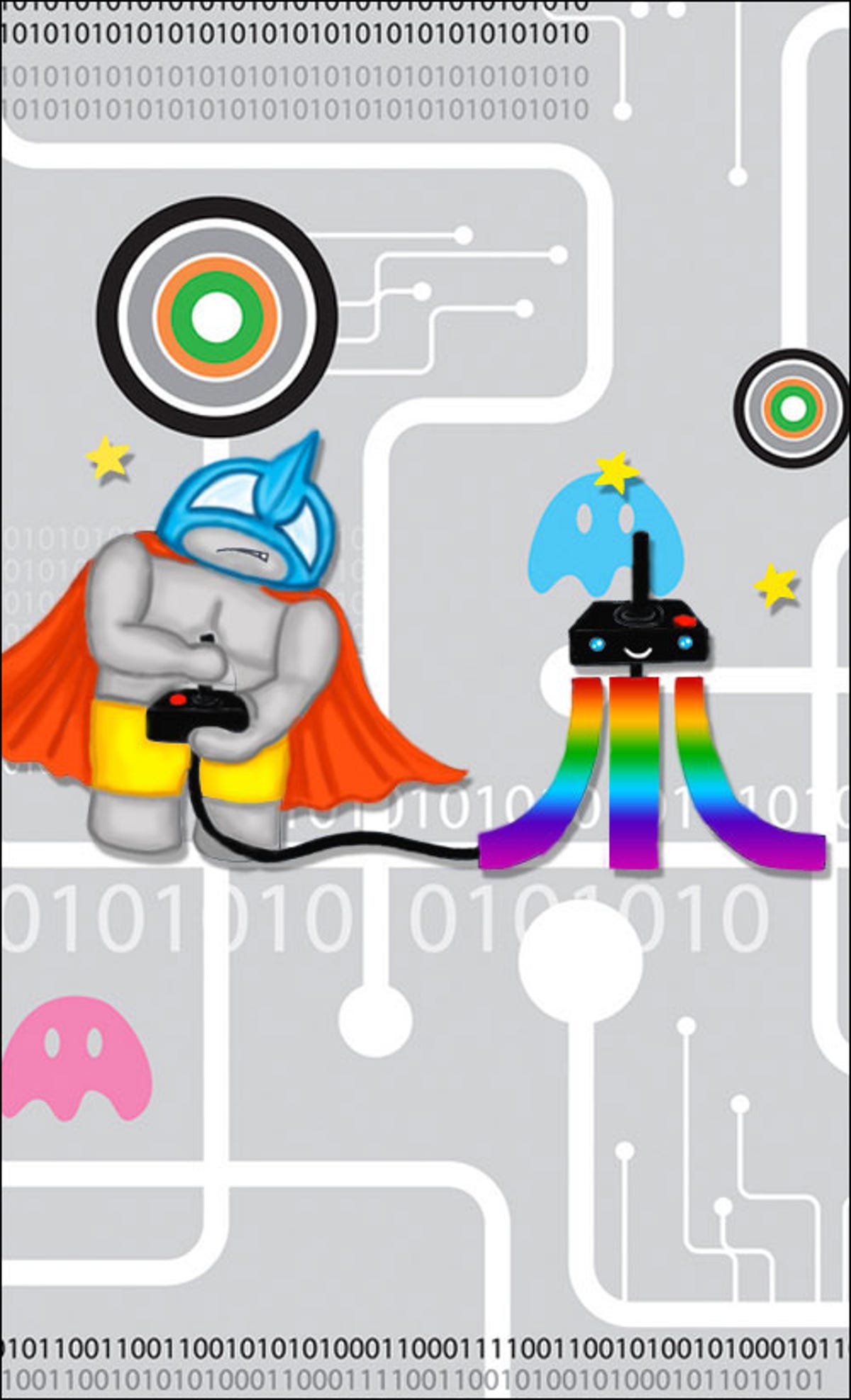

Atari ST
What it wasA 16-bit home computer system, released in 1985, with amazing sound and graphical capabilities.
Why it lostThe Atari ST was ultimately kicked into touch by IBM PCs and Apple Macs — even the Amiga managed to get the boot in before disappearing itself.
Why it should have wonThe Atari was a first-class computer on a number of levels. Firstly it was the musicians’ choice. These days you’re quite likely to see James Blunt with an Apple Mac perched on his smug little knee, but if he’d been crooning back in the day, he’d almost certainly have used an ST to create his ballads. Not a week went by in the late 80s where you didn’t see a pop act perform on TV with an Atari knocking about in the background.
The Atari ST enjoys support from key musicians, even now. Fatboy Slim (or as he’s known to his wife, Norman Cook) used an Atari ST to produce music. He did so until his 2004 album Palookaville, when he switched to Pro Tools. Russel Hobbes from the wholly cartoon rock band Gorillaz is also a fan of the ST’s musical moves — he even has an Atari ST emulator on the band’s Web site.
The ST was also the first choice of the CAD engineer. Its high-resolution graphics made it ideal for design work and desktop publishing. Indeed, users had handy visual options — they could either run their computers at 640×400-pixel resolution on a special monochrome monitor, with 640×200 pixels and up to four colours on-screen, or 320×200 pixels with 16 colours.
Notably, the Atari ST was also the first computer that offered 1MB of RAM for less than $1,000. It also fended off Microsoft, which was keen to offer Windows as the operating system of the Atari. Surely it deserved to survive for that gutsy act alone.
Our fantasy outcomeThe key to getting the Atari into the mainstream would have been more games, so Captain Tech would have to use all his gaming experience to create fantastic titles to propel the Atari into the home-gaming mainstream.
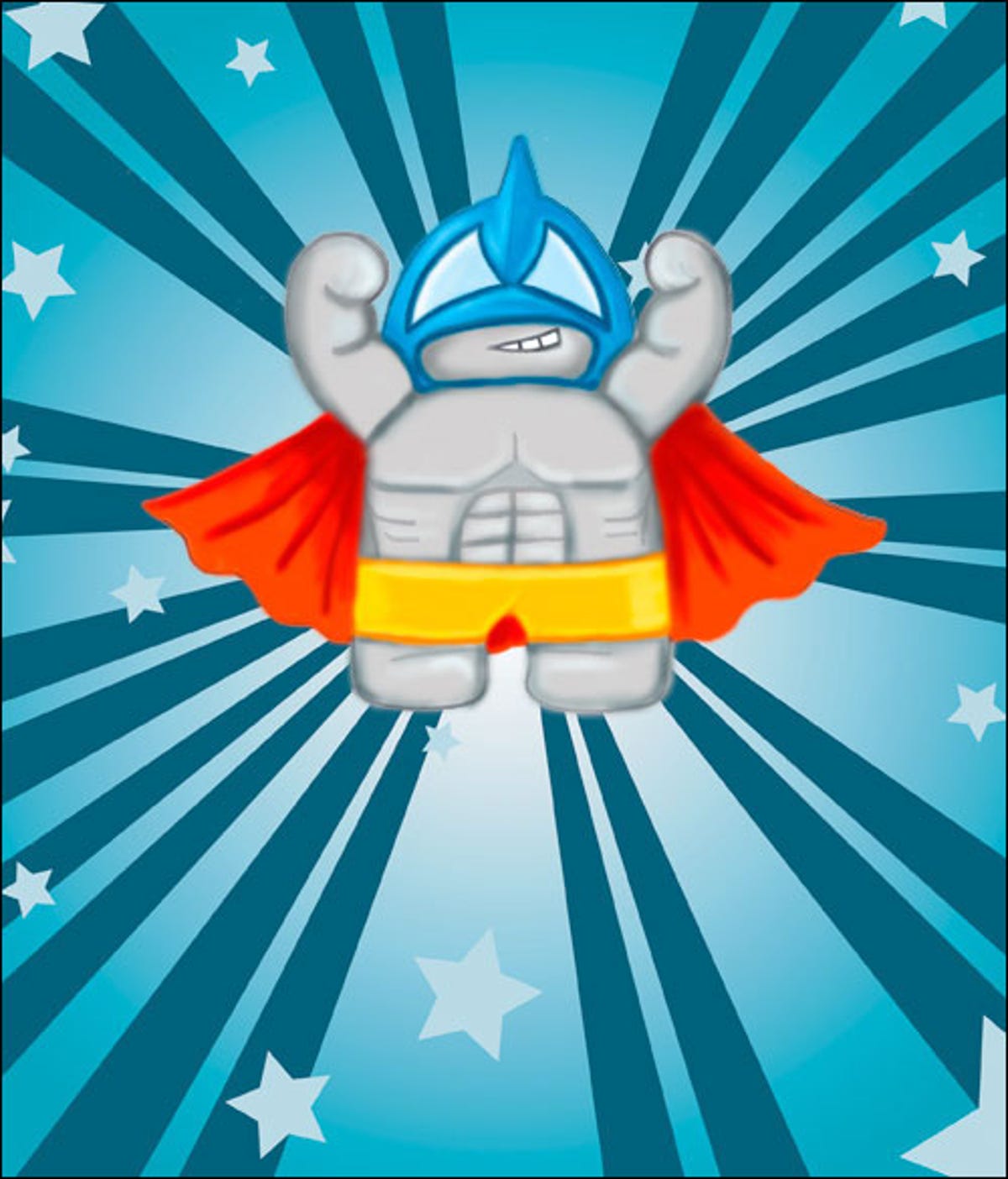

So what would life be like if Captain Tech’s lengthy trip through time had revived some of the best technology in the history of mankind?
Watching movies would be an amazing experience. Betamax would be back, so we’d all have smaller, compact tapes and superior recording quality. Laserdisc was also rescued, so we get a fantastic home-cinema experience too.
As Captain Tech would have rescued us from lower bit-rate Dolby Digital, DTS surround sound would be on on every amp. Our ears would be bathed in glorious sound from every corner of the room, but there’d also be high-definition audio, so our music would be the very best quality.
His meddling with the fabric of time would also have yielded a surprising result. The success of BeOS and its sale to Apple computer would mean that Steve Jobs never returned to the company, meaning there is no iPod in this alternate reality. Instead, everyone either has a MiniDisc player or an oddly shaped Creative MP3 player.
Captain Tech has truly saved the day. The formats we thought were dead have been resurrected and no more do we have to suffer the cheaper mass-market alternative. In our brightly coloured minds, anyway.




